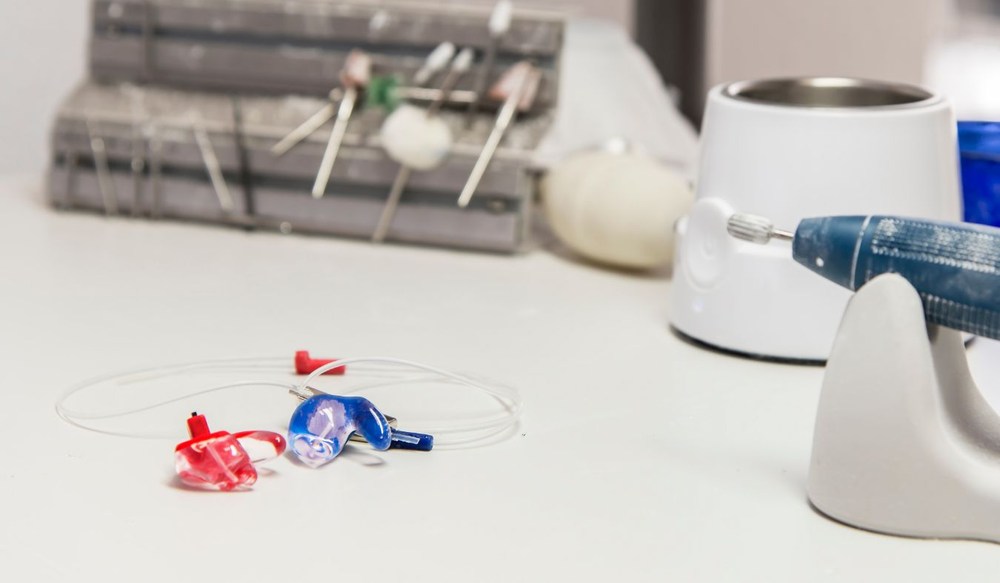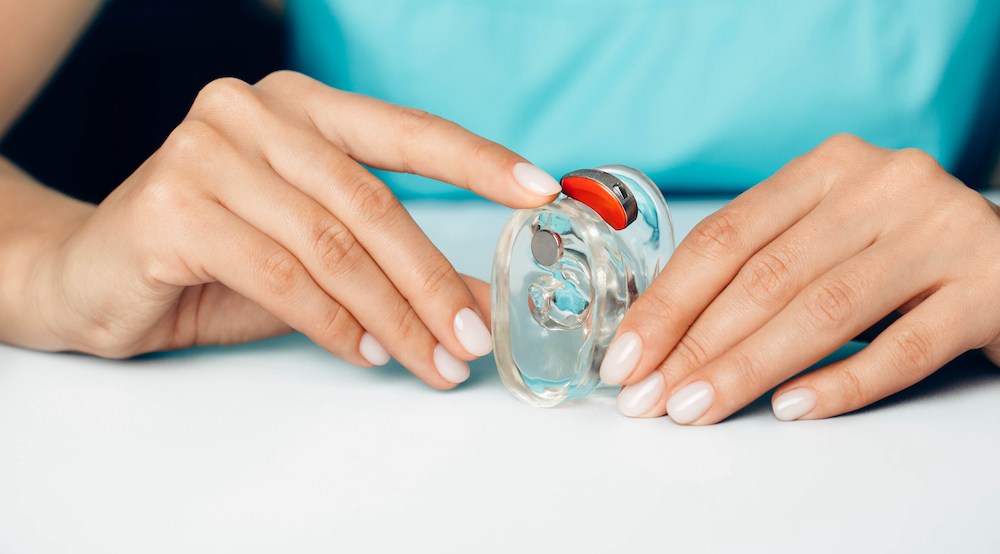Protecting Your Hearing During Summer Sports
Summer brings a lot more noise into your life than you might realize.
Walk In Cleaning Clinic: Come in on Mondays, Wednesdays, Thursdays, or Fridays anytime between 1 – 2pm for our walk in cleaning clinic!

Osteoporosis and hearing loss are both common conditions that can have a significant impact on quality of life. Although they may seem unrelated, there is a growing body of evidence linking the two conditions.
Osteoporosis is a condition in which the bones become thin and fragile, and are more susceptible to fractures. Osteoporosis is most common in older adults, but it can occur at any age.
Hearing loss is a condition that affects millions of Americans of all ages. It can be caused by many things, including exposure to loud noise, certain medications and aging.
There are several mechanisms by which osteoporosis and hearing loss may be linked. First, osteoporosis can lead to fractures of the bones in the middle ear, which can cause hearing loss. Additionally, the loss of bone density that occurs with osteoporosis can also lead to changes in the structure of the inner ear, which can also cause hearing loss.
There are several steps that can be taken to prevent osteoporosis-related hearing loss. First, it is important to get regular bone density screenings. If you are diagnosed with osteoporosis, there are treatments available that can help prevent fractures and other complications.
Additionally, if you are at risk for osteoporosis, there are lifestyle changes that you can make to reduce your risk, such as getting enough calcium and vitamin D, exercising regularly and quitting smoking.
If you have osteoporosis-related hearing loss, there are treatments available that can help. If you have a fracture of the bones in the middle ear, your healthcare professional may recommend surgery to repair the fracture. Additionally, if you have lost bone density in the inner ear, a medical professional may recommend hearing aids or other assistive devices to help improve your hearing.
The auditory system refers to the way we hear and understand sounds. This system includes the ears and brain, which work together to absorb and process sound.
If any of these components are compromised or damaged, this process will be interrupted and sound will not be handled properly. If the sound is not processed properly, it can lead to permanent hearing loss.
Hearing aids are small electronic devices that are worn in or behind the ear. Making some sounds louder, helps people with hearing loss hear, communicate and participate in everyday life better. Hearing aids help people hear better in both quiet and noisy environments. However, of the people who would benefit from hearing aids, only about 1 in 5 of them actually use hearing aids.
A hearing aid consists of three basic parts: a microphone, an amplifier and a speaker. Hearing aids receive sound through a microphone, convert sound waves into electrical signals and send them to an amplifier. The amplifier boosts the power of the signal and sends it through the speakers to your ears.
Behind-the-ear (BTE) hearing aids consist of a hard plastic case that sits behind the ear and is connected to a plastic earmold that fits over the outer ear. The electronics are housed in a housing behind the ear. Sound travels from the hearing aid through the earmold to the ear.
In-the-ear (ITE) hearing aids fit perfectly in the outer ear and are used for mild to substantial hearing loss. The housing with electronic components is made of hard plastic.
Better Hearing of Madison County is dedicated to helping people with hearing loss. We offer a wide range of services, including hearing tests, hearing aid fittings and counseling. We also offer assistive listening devices and other products to help you manage your hearing loss.
If you would like to learn more about Better Hearing of Madison County, or if you have any questions about hearing loss, please call us at (315) 693-3637. We look forward to hearing from you!

Summer brings a lot more noise into your life than you might realize.

When you’re choosing hearing aids, you want devices that help you

Your hearing aids are more than just devices – they’re your